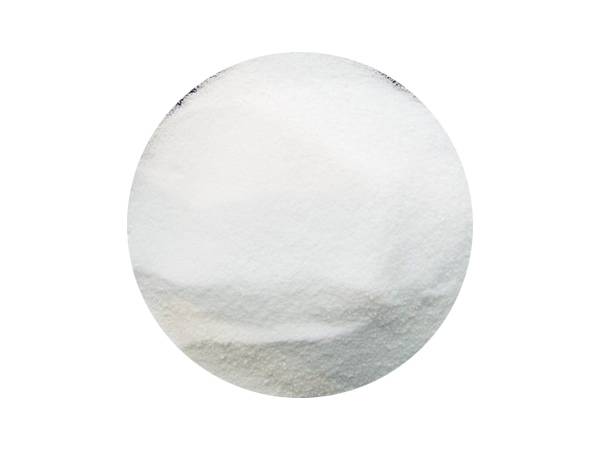



chemical caustic soda
The Role of Caustic Soda in Everyday Life
Caustic soda, known chemically as sodium hydroxide (NaOH), is one of the most important industrial chemicals. With its highly alkaline character, it plays a pivotal role across various industries, significantly contributing to processes in manufacturing, water treatment, food processing, and more. Despite its potential hazards, caustic soda is a versatile compound that is essential in many everyday applications.
Properties and Production
Caustic soda is a white solid that is highly soluble in water, releasing significant heat upon dissolution. It possesses a strong caustic nature, which can cause severe burns and damage upon contact. Thus, handling it requires careful precautions and protective gear. Caustic soda is typically produced using the electrolysis of sodium chloride (table salt) in a process known as the chloralkali process. This method not only generates sodium hydroxide but also produces chlorine gas and hydrogen gas as byproducts.
Industrial Applications
One of the primary uses of caustic soda is in the production of paper and pulp. It is used to break down lignin, the component that binds cellulose fibers together, making it easier to extract cellulose, which is the main ingredient in paper products. Additionally, in the textile industry, sodium hydroxide is used for the mercerization of cotton, enhancing the dye uptake and improving fabric strength.
Caustic soda also plays a crucial role in the chemical manufacturing sector. It is used as a reagent in the synthesis of a wide array of organic and inorganic compounds, including detergents, plastics, and pharmaceuticals. In the petroleum industry, it helps in the refining of crude oil by removing sulfur and other contaminants, thus improving the quality of the end products.
Water Treatment
chemical caustic soda

In water treatment facilities, sodium hydroxide is employed to adjust the pH of water, helping to neutralize acidic conditions. This is essential for ensuring safe drinking water and protecting infrastructure from corrosion. Furthermore, caustic soda aids in precipitating heavy metals and contaminants, thus enhancing the purification process and ensuring compliance with environmental standards.
Food Processing and Household Products
Caustic soda is also used in the food industry, mainly as a food preservative and in the processing of certain food items. For instance, it is utilized in the production of olives, where it helps in the curing process, making them palatable by reducing bitterness. In baking, sodium hydroxide is sometimes employed to create a specific texture and coloration in products such as pretzels and bagels.
Moreover, caustic soda holds a place in household cleaning products. It is a powerful degreaser, making it effective for unblocking drains, cleaning ovens, and removing tough stains. However, due to its corrosive nature, care must be taken to use it correctly, with appropriate safety measures in place.
Safety and Environmental Considerations
Despite its utility, the handling of caustic soda poses substantial risks. It can lead to chemical burns and respiratory issues if inhaled or improperly managed. Consequently, industries that utilize sodium hydroxide must implement stringent safety protocols to protect workers and the surrounding environment. Additionally, wastewater containing caustic soda must be treated properly to prevent adverse effects on aquatic ecosystems.
Conclusion
In conclusion, while caustic soda is a powerful and versatile chemical with various applications across industries, it also requires respect and caution due to its hazardous nature. Its role in paper production, food processing, water treatment, and chemical manufacturing highlights its significance in our daily lives. As we continue to benefit from this essential compound, it is vital to prioritize safety and environmental responsibility in its use and disposal. By doing so, we can harness the advantages of caustic soda while mitigating its risks.
-
Why Sodium Persulfate Is Everywhere NowNewsJul.07,2025
-
Why Polyacrylamide Is in High DemandNewsJul.07,2025
-
Understanding Paint Chemicals and Their ApplicationsNewsJul.07,2025
-
Smart Use Of Mining ChemicalsNewsJul.07,2025
-
Practical Uses of Potassium MonopersulfateNewsJul.07,2025
-
Agrochemicals In Real FarmingNewsJul.07,2025
-
Sodium Chlorite Hot UsesNewsJul.01,2025










